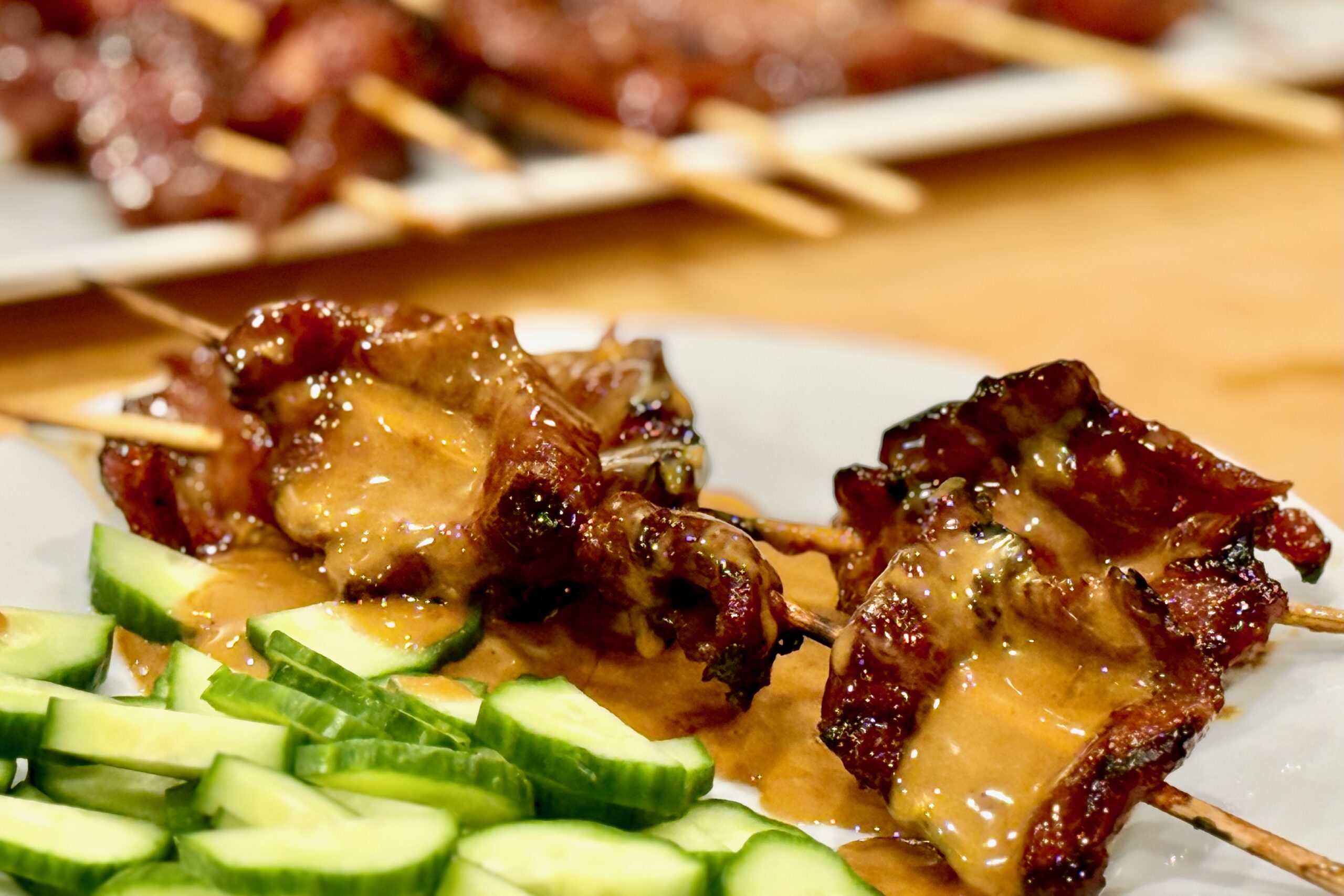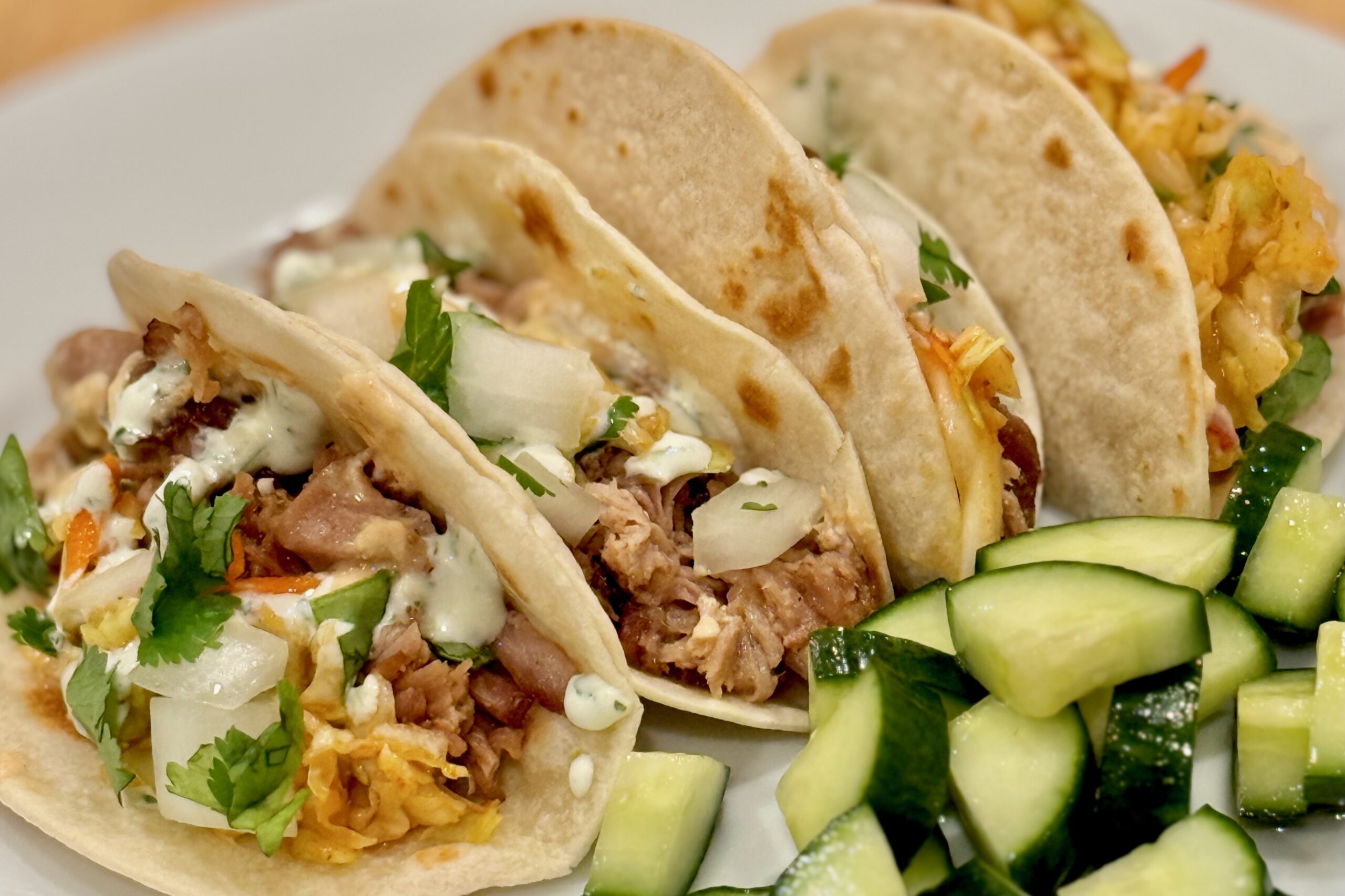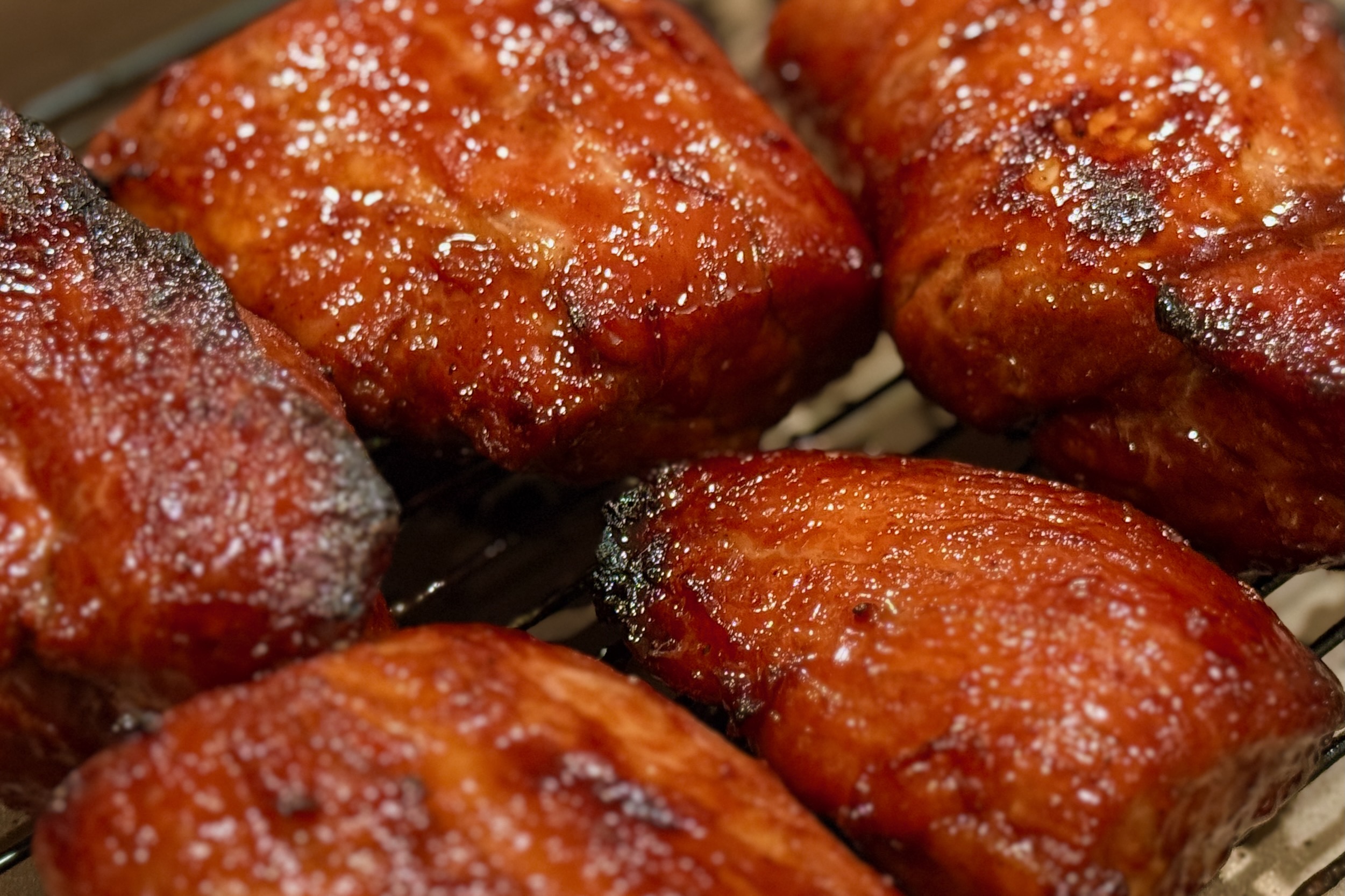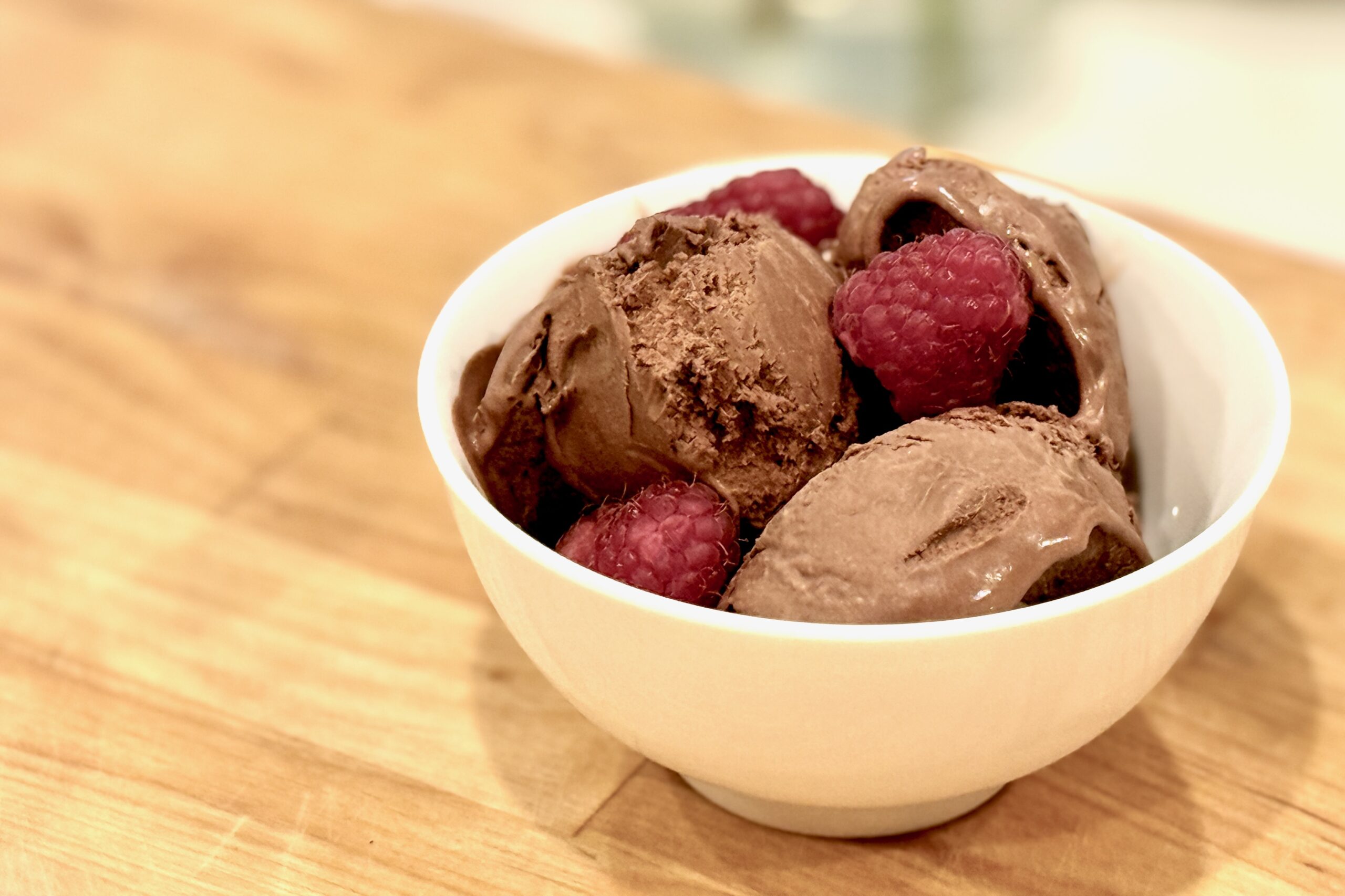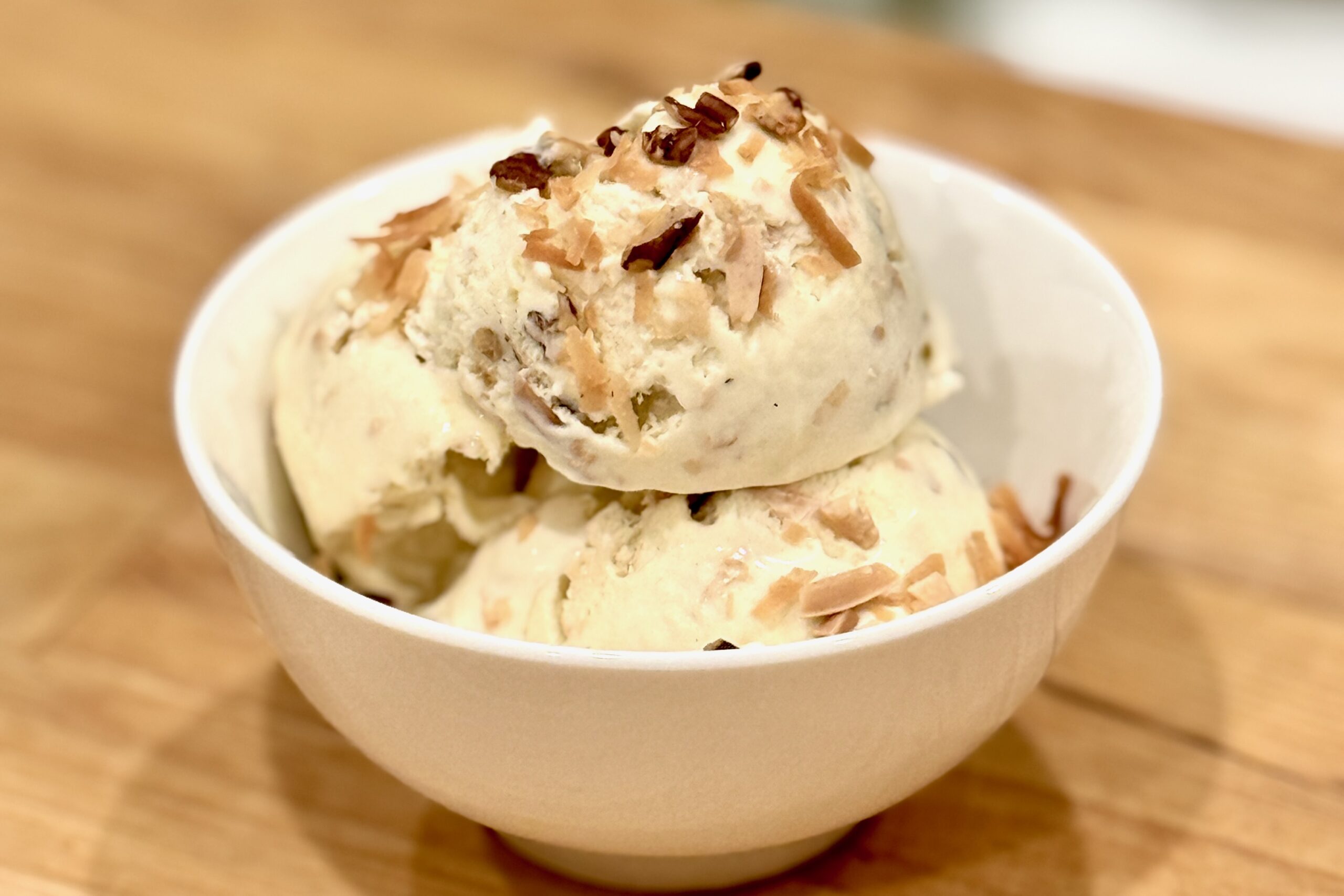Deeply rich and smooth chocolate ice cream infused with bold espresso and a subtle tang of buttermilk for balance. The result is café-level mocha flavor—decadent yet refined—with a clean, refreshing finish that highlights both the chocolate and espresso notes.
Ingredients
Chocolate–Mocha Custard:
- 2 cups heavy cream
- ½ cup whole milk
- ½ cup buttermilk (added after cooking)
- ½ cup sugar, divided
- 5 egg yolks
- 4 oz bittersweet or semisweet chocolate (60–70%), finely chopped
- 2 tbsp unsweetened cocoa powder
- 2 tsp instant espresso powder, divided (see directions)
- ½ tsp vanilla extract
- pinch table salt
Directions
Make the Chocolate Base
In a medium saucepan, whisk together whole milk, cream, ¼ cup sugar, cocoa powder, 1½ tsp espresso powder, and salt. Warm gently over medium heat until steaming and the sugar dissolves. Remove from heat and whisk in the chopped chocolate until smooth.
Temper the Yolks
In a separate bowl, whisk egg yolks with the remaining ¼ cup sugar until pale and thick. Slowly temper with ½ cup of the warm chocolate mixture, whisking constantly, then return everything to the saucepan.
Cook the Custard
Cook gently over low heat, stirring constantly, until the custard coats the back of a spoon (170–175°F / 77–80°C). Do not boil.
Finish the Flavoring
Strain through a fine mesh sieve into a clean bowl. Stir in vanilla. Dissolve the remaining ½ tsp espresso powder in 1 tbsp hot water or cream, then whisk it into the warm custard for a final espresso boost.
Add the Buttermilk & Chill
Allow the custard to cool slightly, then stir in the buttermilk. Cover and chill thoroughly—at least 4 hours or overnight.
Churn
Churn the chilled base in an ice cream maker according to the manufacturer’s instructions. Transfer to a container and freeze until firm.
Notes
Preparation
- Buttermilk adds brightness and keeps the mocha flavor balanced.
- For a sweeter, richer result, replace the buttermilk with whole milk.
- For a darker mocha profile, add 1 tsp more espresso powder or swap 1 oz chocolate for unsweetened baking chocolate.
- For an ultra-smooth texture, whisk in ⅛ tsp xanthan gum while the base is warm (before chilling).
Serving Suggestions
- Serve affogato-style with a shot of hot espresso.
- Pair with biscotti, chocolate cake, or almond cookies.
- Top with shaved dark chocolate for extra intensity.
Variations
- Add ½ cup chocolate-covered espresso beans during the last minute of churning.
- For a mocha-ripple version, swirl in ½ cup chocolate-fudge sauce before freezing.
- For a tiramisu-inspired twist, add 1 tbsp mascarpone to the warm custard before chilling.
Make-Ahead & Storage
- Refrigerate the unchurned base up to 2 days before freezing.
- Store churned ice cream in an airtight container up to 1 week.
- For ideal scooping, let rest at room temperature 5–10 minutes before serving.


